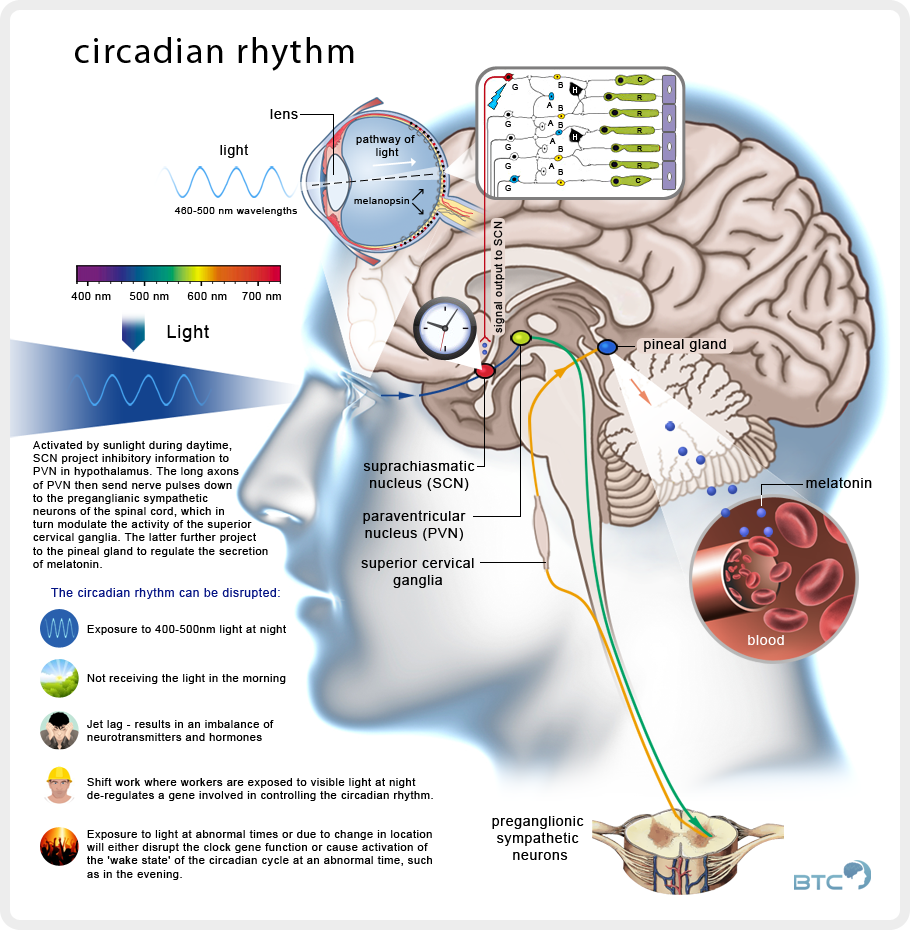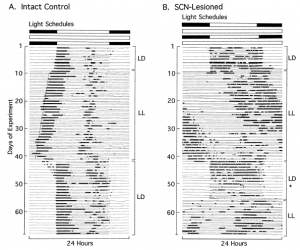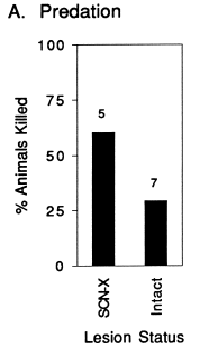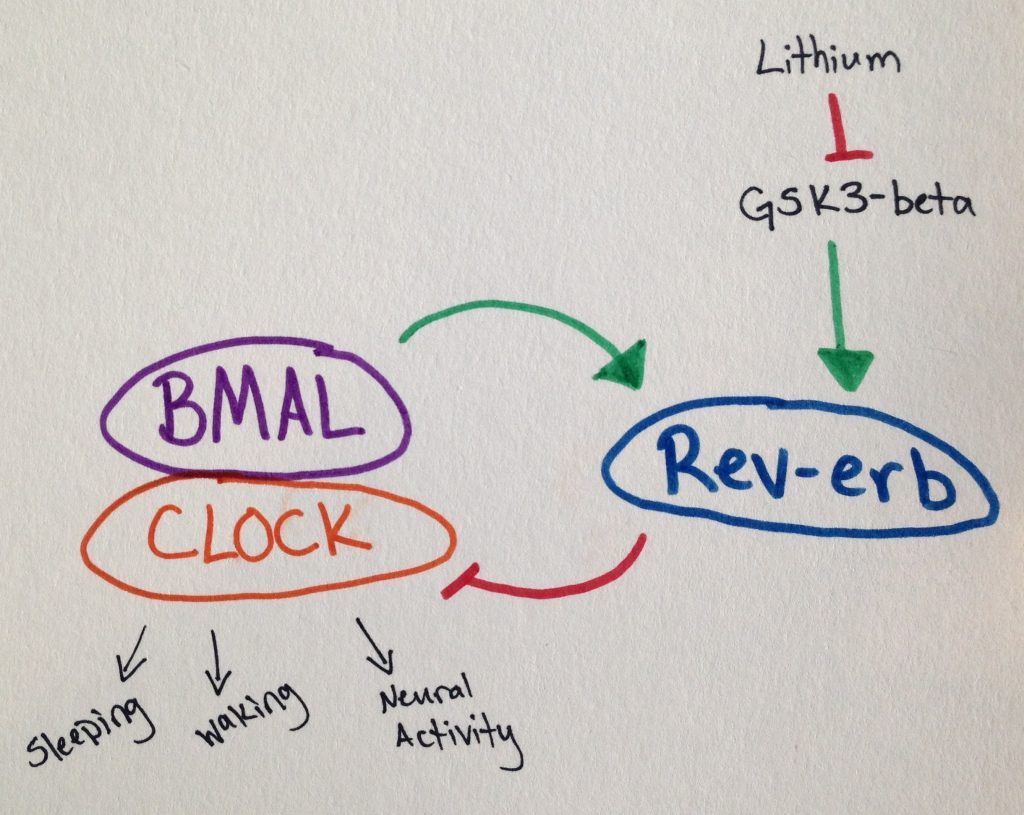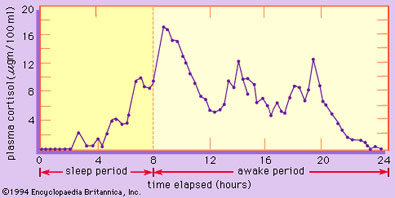There are a lot of mysteries involving melatonin, eg, relative importance of gut vs. pineal-derived melatonin. Does brain melatonin talk to peripheral MT receptors? Does gut melatonin talk to brain MT receptors?
What we do know: oral melatonin works in people with circadian-related sleep disorders. This may suggest that oral/gut melatonin talks to brain MT receptors OR that oral/gut melatonin corrects circadian sleep problems by acting in the periphery. OR a major target of brain melatonin is peripheral MT receptors. I don’t know.
And as a further testament that melatonin supps aren’t sleeping pills is that they’re non-addictive and can at least temporarily “fix” circadian sleep problems: after prolonged treatment, people report no withdrawal symptoms and still sleep better even up to two weeks after discontinuation (Lemoine et al., 2011)!


